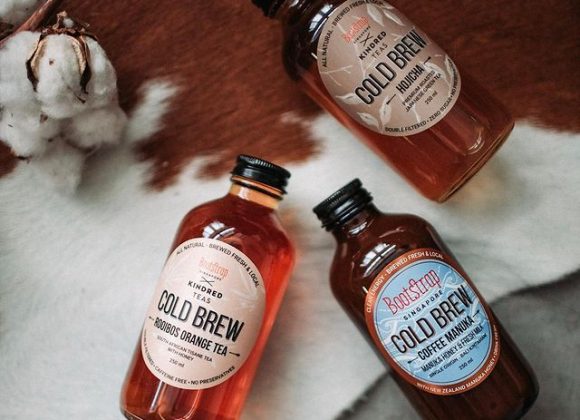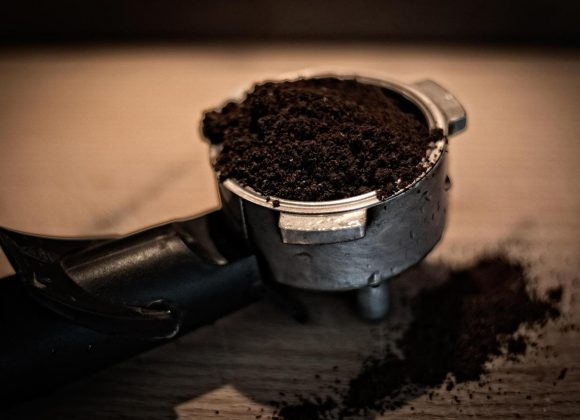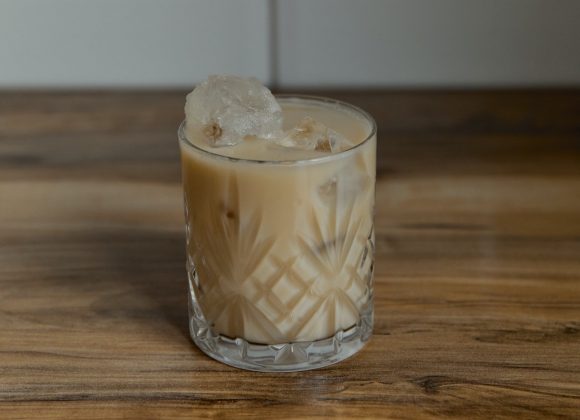Do you intend to travel to Singapore? Don’t miss the opportunity to explore Singapore’s unique coffee culture while taking in the diverse traditions of the community. Before you pack your bags, this is your ultimate guide to understanding Singapore’s coffee culture.
Every country has a unique coffee culture, but no one does it better than Singapore. Singapore is a multiethnic city-state that serves as a gathering place for many ethnic groups. As a result, Singapore has developed a rich diversity in a variety of fields, including cuisine, art, literature, the media, and coffee. People in Singapore have long enjoyed getting together with friends over a cup of coffee, and they typically do it in the coziness of a kopitiam while sipping powerful, sweet robusta blends.
For many Singaporeans, Kopitiam is the center of their world. We frequently see families eating at Kopitiams and middle-aged people—what Singaporeans refer to as “uncles and aunties”—sitting there for hours at a time. We frequently hear shouts of “Kopi C!” and “Kopi Beng!” coming from different Kopitiams throughout the day. But what do they actually mean?

History of coffee in Singapore
The first kopitiams were established in the 19th century by Chinese people, and that is when Singapore’s coffee history began. These Kopitiams were built to accommodate the island’s immigrant population of Europeans who depended on their daily dose of coffee.
Unfortunately, Arabica coffee beans were too expensive for locals to afford. They then grew Robusta coffee which was known to be cheaper and more suitable to Southeast Asia’s climate. Sadly, Robusta coffee was not as good as Arabica coffee which was normally grown in higher latitudes. But Singaporean locals didn’t run out of creative ideas. They roasted the coffee with butter or lard and sugar which made the beans really flavourful. Since coffee filters only belonged to the Westerners, the locals also used shock to filter coffee.
The tradition continues up to today. When you visit a Kopitiam the coffee you will enjoy is often roasted with sugar and butter or margarine, to provide a buttery caramel flavor.
The Uniqueness of Singapore’s coffee
1. Coffees are sold by hawkers
You may still find specialty coffee shops in Singapore that provide everything from lattes to cold brew. However, that is not where folks go for coffee. Locals in Singapore buy their coffee from “hawker stalls,” or communal food courts, in local markets. Coffee in these hawkers is available from morning until noon.
2. The coffee guys know what you’re going to order
Are you surprised at how well baristas remember your name? Wait until you get to Singapore and meet the coffee guys at their stall. Even if the kopi (coffee in Malay) guy doesn’t know your name, he knows what you’re having and will start making it as soon as he sees you.
3. Use clues to order coffee
Singaporeans tend to make straightforward coffee orders. Unlike coffee shops in Western countries that write lengthy descriptions of their beverages, Singaporeans want their coffee to have short names. Kopi is coffee with sweetened condensed milk, Kopi O is coffee with sugar but no milk, and Kopi C is the closest comparable to our standard coffee order. Kopi Gau is stronger when an additional shot is added, whereas Kopi Poh is weaker coffee with more water added, similar to an Americano.





